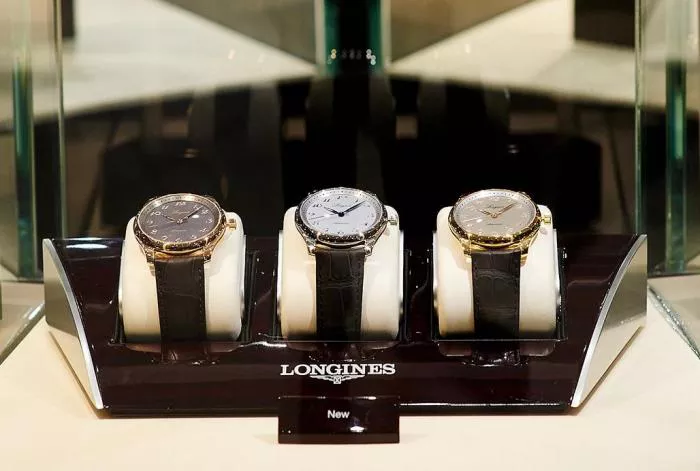Swiss watch exports surged to a historic $38 billion in 2025, according to the latest figures released by the Federation of the Swiss Watch Industry (FH). The record-breaking performance reflects robust demand in key markets, particularly China and Japan, alongside a resurgence in mechanical watch appreciation among younger consumers.
The data shows a steady upward trajectory, with exports growing by 8% compared to the previous year. Analysts attribute this growth to a combination of factors, including the luxury sector’s post-pandemic recovery, strategic marketing targeting millennials, and the enduring prestige of Swiss craftsmanship.
Asia Leads Global Demand
Asia accounted for nearly half of all Swiss watch exports, with China, Hong Kong, and Japan as top importers. Industry experts note that affluent consumers in these markets continue to view high-end Swiss watches as both status symbols and long-term investments.
Meanwhile, the U.S. and European markets saw moderate growth, supported by strong sales of mid-range luxury brands.
Mechanical Watches Defy Digital Trends
Despite the rise of smartwatches, mechanical timepieces—especially those with intricate complications—remained the backbone of Swiss exports. Brands like Patek Philippe, Rolex, and Audemars Piguet reported waiting lists stretching into multiple years for certain models.
“Consumers are increasingly valuing heritage and artistry over pure functionality,” said FH spokesperson Claire Dubois. “The emotional connection to a finely crafted mechanical watch is irreplaceable.”
Challenges Ahead
While the industry celebrates its success, challenges loom, including geopolitical tensions, counterfeit production, and sustainability pressures. Major Swiss manufacturers have pledged to adopt more eco-friendly practices, with several brands launching carbon-neutral collections in 2025.
Market analysts remain cautiously optimistic, projecting steady growth in 2026 if current trends hold.


